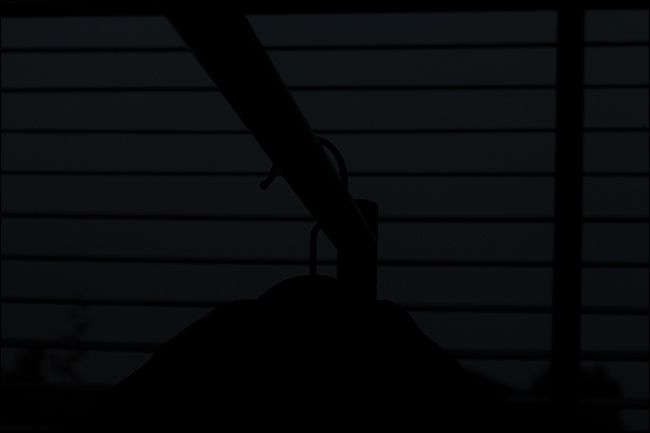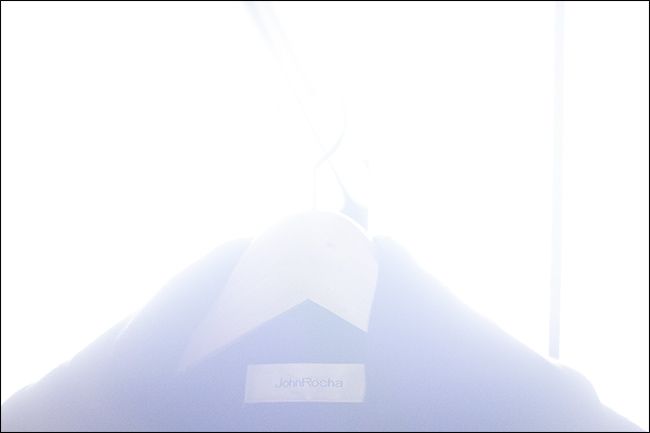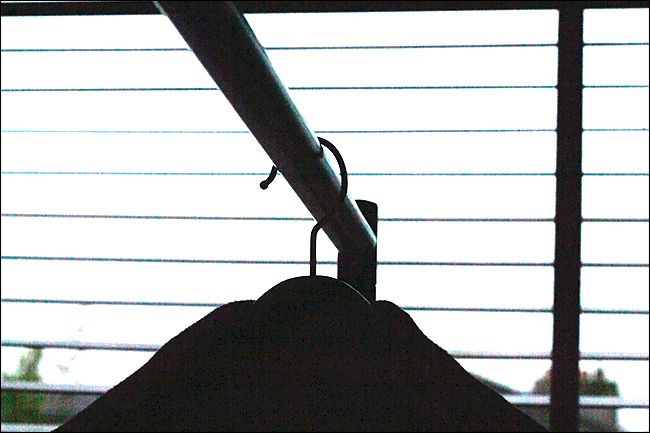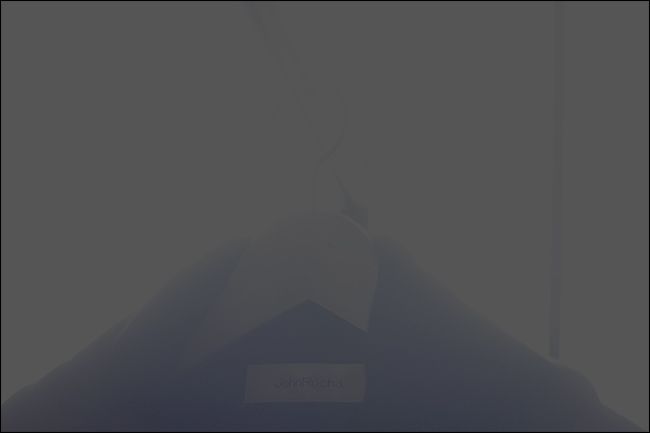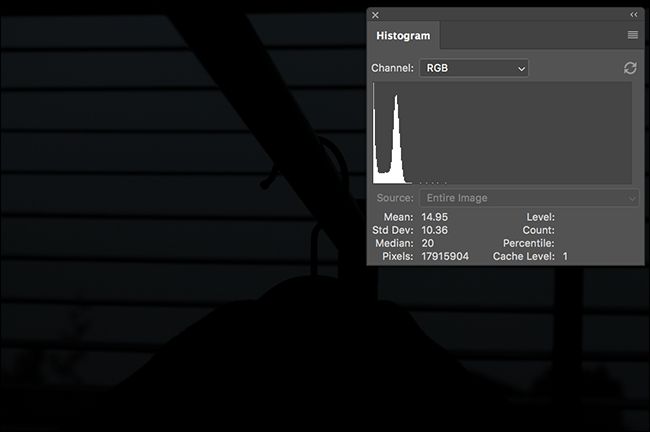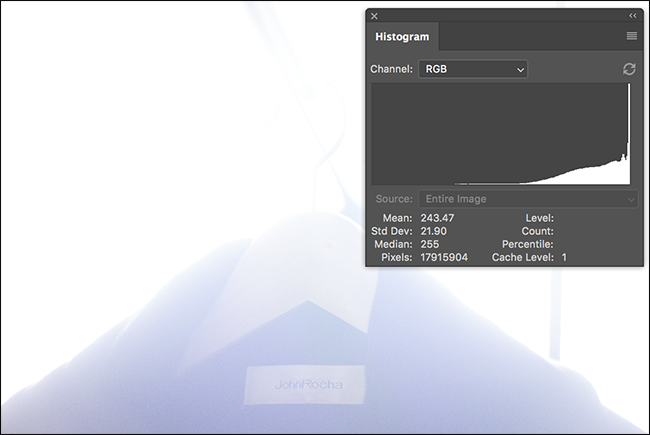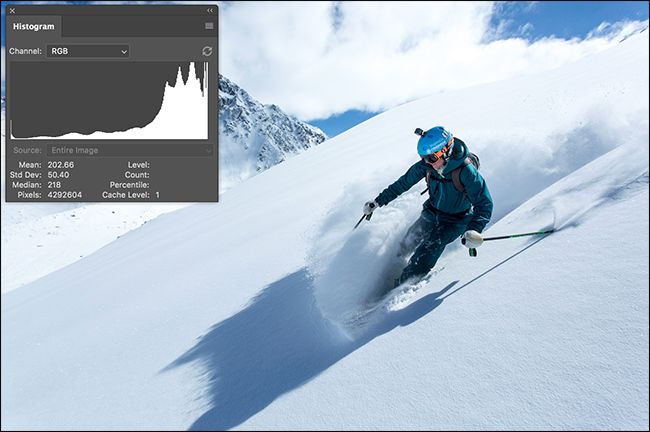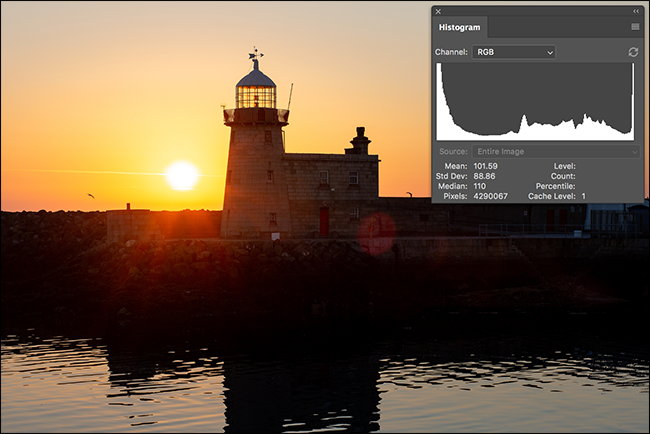“Crushed shadows” and “blown highlights” are both common exposure problems in photography. Let’s look at what they are, how to identify them, and what you can do about them.
Crushed shadows and blown highlights are two sides of the same coin. When you crush your shadows, you underexpose your image so much that there are large areas of pure black in your image, like in this shot.
When you blow your highlights you do the opposite: you overexpose your image so much that there are large areas of pure white.
The problem with crushed shadows and blown highlights is that you can’t recover them in post-production even if you shoot RAW images. Here’s the underexposed shot brightened up, see how the shadows are still black? All brightening up did is add lots of digital noise to the darker areas.
And here’s the overexposed shot, darkened down. The sky has just gone grey. There just isn’t any image data to recover.
How to Avoid Crushed Shadows and Blown Highlights
You can normally identify crushed shadows or blown highlights by eye. You just have to look at the photo on the back of your camera. If large areas of the image are pitch black, you’ve massively underexposed; if large areas of the image are pure white, you’ve massively overexposed.
The problem is in more subtle shots, where areas of the image are well exposed but you’re not sure whether your extreme shadows or highlights are okay. This happens a lot when you’re shooting scenes with a high dynamic range.
The best way to check the quality of your exposure is to use the histogram built-in to your camera. If there’s a big spike or all your data is bunched at either end of the graph—remember, the bottom point is pure black, and the top point is pure white—then you probably have a problem. Let’s look at the histogram from the underexposed shot from earlier.
And the overexposed one too.
In the underexposed histogram, the big spike at the very bottom of the graph is all the pure black pixels. In the overexposed histogram, the spike is the pure white pixels.
Now, a spike of pure white or pure black isn’t always a problem. If you’re shooting a very bright scene, it’s normal to have a small amount of pure white “specular highlights” or for the sun to be a white ball in the sky.
By the same token, if you’re shooting in low light, a bit of pure black in the shadows isn’t an issue.
That last shot has some pure white in the sun and some pure black in the rocks and shadows but, since everything else looks right, it’s not a problem.
Avoiding crushed shadows and blown highlights is more about making sure you don’t lose any important details, so you should focus on getting a good exposure across the board. Your eyes have greater dynamic range than your camera, so you need to work with the limits of your gear. I’ve written a full article on getting the exposure right on location; the main takeaways for avoiding crushed shadows or blown highlights are to shoot RAW, check your histogram, and shoot some safety shots.
If the dynamic range of the scene is way too high for your camera to capture it all in one shot, you can also try HDR photography.


